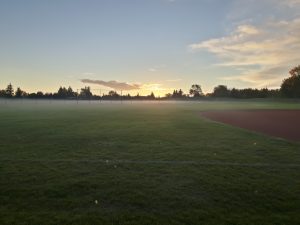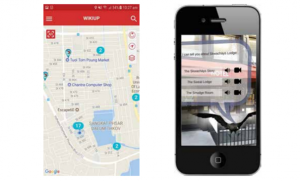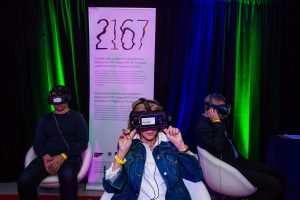Module 4: Ecological Issues in Indigenous Education and Technology

Entry 1: Place-based learning communities
This article focuses on Place-based learning communities on a rural campus at Humboldt State University in California. Students who came to study in STEM fields to this rural campus were put into cohorts, offered residences to live in a community, and took classes together (starting with Science 100) to better acclimatize themselves to learning in a remote setting. Students who participated in this program showed that they were able to “better understand the relationships among STEM courses and are able to connect content to intercultural themes (e.g., aspects of their culture and the cultures of local indigenous people). (Sprowles et al., 2019).
One of the goals of the Science 100 course is: Students will gain appreciation for and understanding of an expanded world perspective by engaging with other students, staff, and faculty within and outside their field.
This post-secondary approach can inform the elementary and secondary education system as well. This study showed that a deep connection to place, connections to the students’ cultures and local cultures, and the deliberate grouping of students based on their interest and area of study can lead to understanding the world from multiple perspectives.
Sprowles, A., Goldenberg, K. Goley, P. D., Ladwig, S., & Shaughnessy, F. (2019). Place-based learning communities on a rural campus: Turning challenges into assets. Learning Communities: Research & Practice (7)1 Article 6.


